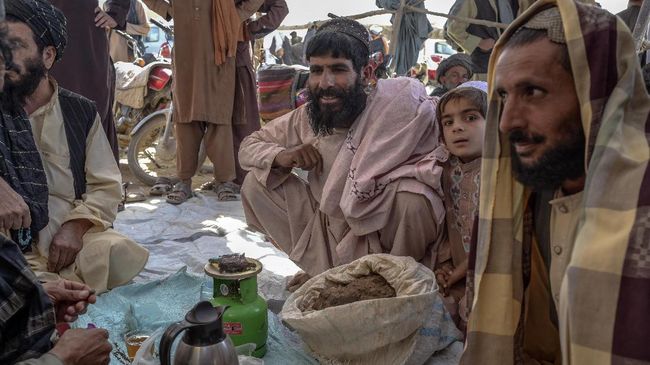The cost of electricity in the European wholesale market has been multiplied by two since the start of 2021. In question, the surge in gas course. We explain to you why these two energies are linked.
How much is the price of electricity at the regulated tariff?
At 19 cents per kWh, on average. In other words, an annual bill of € 1,548 for a customer subscribed to an “off-peak-full-hour” offer and consuming 8,500 kWh. This amount was to increase by 12% (€ 186) in February 2022, date of the annual review of regulated electricity tariffs. Remember that the latter are set by the Energy Regulatory Commission, an independent administrative authority, and concern 23 million EDF customers. Another ten million have subscribed to “a market offer” (unregulated), with EDF or one of its competitors.
What does the government intend to do to limit the increase in the regulated tariff?
Temporarily reduce a tax on electricity. This will limit the planned increase to 4% (€ 62) for subscribers. This represents a shortfall for public finances of four billion. To finance them, the executive plans to tap into the dividends paid to it by EDF.
Why is the price increasing?
To understand this, we must detail how the regulated tariff is established. It breaks down into three thirds,
decrypts Jacques Percebois, energy economist. A third of taxes, a third of the cost of the networks. And a third of electricity.
The price increase is played out in this third third. To calculate it, the Energy Commission takes into account the cost price of nuclear electricity. It is relatively low (4.2 cents per kWh). But EDF’s nuclear power represents “only” 70% of the electricity we consume. The rest comes from other sources of energy, from other producers, and even from other countries of the Union. Because suppliers get their supplies from a European wholesale market. So the CRE also includes, in its calculation of the regulated tariff, the price of electricity on this wholesale market. It was 5 cents per kWh at the start of the year, on average. It’s 10 cents today.
How can this surge in wholesale prices be explained?
Because of the gas… To explain this oddity, we have to dive into the mysteries of the electricity market. Its price varies constantly,
underlines Carole Mathieu, researcher at the Institute of International Relations. Because electricity cannot be stored.
To fix the price, we therefore look at an instant T the demand for electricity. And we align the price with the means of production necessary to meet the needs. If it is necessary, to cover the needs, to use the most expensive means, that is to say the gas stations, the price will be aligned with this mode of production ”,
Carole Mathieu continues. However, gas is currently blazing due to the strong economic recovery. On Wednesday, it climbed 35% in the markets at the start of the session, before subsiding. But electricity prices will rise in its wake.
What does the state do?
France asks its European partners to review the market rules. This alignment of electricity and gas prices is not the right way to set the right price ”,
declares Bruno Le Maire. Would the very liberal Minister of the Economy turn away from the market? We cannot at the same time say: we want to make Europe. And on the other, back to prices set by the French government »,
asks Jacques Percebois. Carole Mathieu opines: These rules date from the liberalization of the energy market in the 2000s. This has enabled us to benefit from reasonable prices and efficient supply. Should we break the thermometer today? Especially since this increase is cyclical. We expect prices to ease in the spring.
What are other countries saying?
Four States of the Union (Spain, the Czech Republic, Greece and Romania) joined France in calling for reform of the wholesale market: It must be improved to better establish the link between the price paid by consumers and the average cost of producing electricity in each national mix.
For their part, Germany and the Netherlands warn against extreme measures ”,
citing a temporary situation linked to the exit from the health crisis. Once again the north-south divide …
– .


